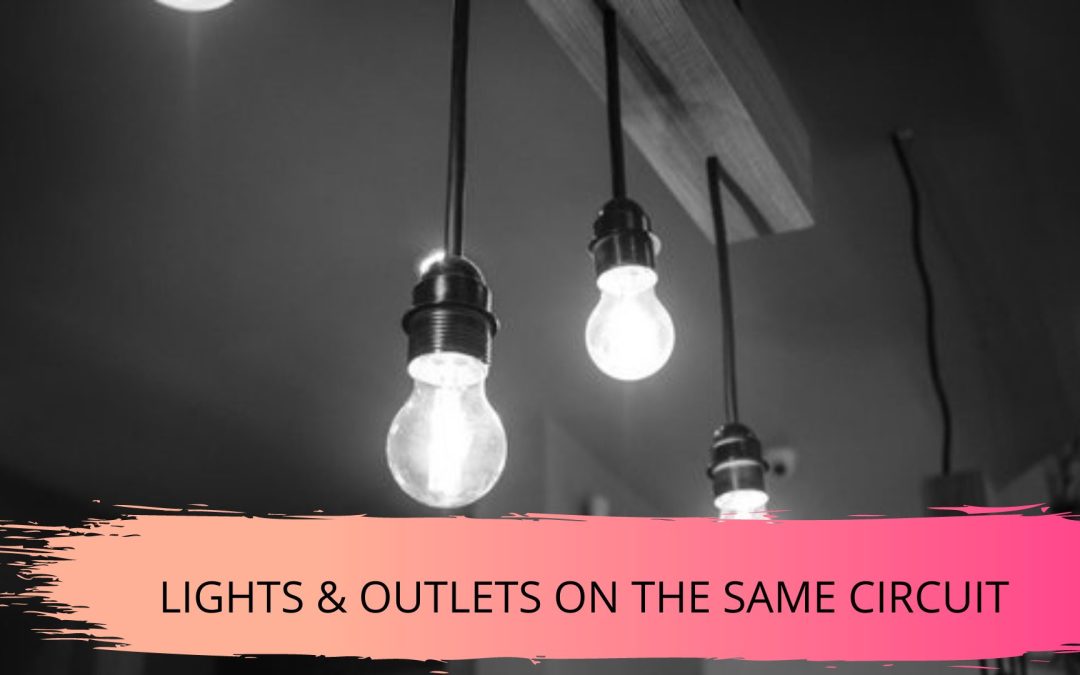Lights and outlets in a bathroom play essential roles in providing illumination and powering electrical devices. Understanding the basics of having lights and outlets on the same circuit in your bathroom is crucial for safety, convenience, and compliance with electrical codes.
Safety Considerations:
When it comes to electrical installations, safety should be always the top priority. Bathrooms are considered wet locations, making them prone to moisture and the potential risk of electrical shock. To ensure safety, it is essential to follow the National Electrical Code (NEC) guidelines and local building regulations. Consulting a licensed electrician is highly recommended to ensure compliance with these safety standards.
Dedicated Circuits:
In a bathroom, it is common practice to have separate dedicated circuits for lights and outlets. This means that the lighting fixtures and outlets are connected to different electrical circuits. A dedicated lighting circuit ensures that even if a problem occurs with an outlet, the lights will still function properly, providing a safe and reliable source of illumination.
Load Calculation:
Before designing the electrical circuitry for your bathroom, it is crucial to calculate the anticipated electrical load. Each circuit has a maximum load it can handle, measured in amps. This load is determined by factors such as the number and type of fixtures, appliances, and outlets that will be connected to the circuit. Proper load calculation prevents overloading, which can lead to circuit trips or even fire hazards.
GFCI Protection:
Ground Fault Circuit Interrupter (GFCI) protection is an important safety feature requir in bathrooms. GFCI outlets design to shut off the circuit when they detect a ground fault, such as a current leak caused by water contact. GFCI protection is crucial for outlets in bathrooms, as it significantly reduces the risk of electrical shock. It is recommended to install GFCI outlets in all bathroom outlets, including those on dedicated lighting circuits.
Wiring Configuration:
To have lights and outlets on the same circuit, a combination circuit typically use. Combination circuits allow power to supplier to both lighting fixtures and outlets. The wiring configuration will depend on the specific requirements of your bathroom. It is essential to follow the NEC guidelines and local regulations regarding the placement and proximity of outlets to water sources.
Wattage Restrictions:
When installing lights and outlets on the same circuit, it is essential to consider the wattage restrictions. Different circuits have different maximum wattage limits, which must not exceed. The total wattage of the lighting fixtures and devices connected to the circuit should calculate to ensure it does not exceed the circuit’s capacity. This prevents overheating and potential fire hazards.
Use of AFCI:
Arc Fault Circuit Interrupter (AFCI) protection is an additional safety measure that may require, depending on local electrical codes. AFCI devices monitor the circuit for potentially dangerous arc faults caused by damaged or faulty wiring. Installing AFCI breakers or outlets adds an extra layer of protection against electrical fires in the bathroom.
In conclusion, having lights and outlets on the same circuit in your bathroom requires careful consideration of safety regulations, load calculations, GFCI protection, and proper wiring configuration. Following electrical codes and consulting a licensed electrician will ensure compliance and help create a safe and functional bathroom electrical system. Remember to prioritize safety at all times when working with electricity.

